Europe is a continent with a rich history and culture, and its natural beauty is one of its most valuable assets. However, in recent years, overtourism has become a major problem in some parts of Europe, putting a strain on the environment and the local communities.
In response to this problem, many European countries are taking steps to protect their environment and promote sustainable tourism. These countries are implementing a variety of measures, such as limiting the number of tourists allowed in certain areas, charging entrance fees, and promoting eco-friendly travel options.
Here are some of the countries in Europe that are actively working to protect the environment and preserve their cultural and natural riches for generations to come.
Iceland

Stokksnes Cape, Vestrahorn, Iceland
Iceland is an ideal destination for travelers who care about the environment. Iceland is a world leader in the use of renewable energy: over 85% of the country’s electricity comes from renewable sources, such as geothermal and hydropower. This has helped Iceland to reduce its reliance on fossil fuels and become a global leader in sustainable energy. The Icelandic government has set a goal of becoming carbon neutral by 2040.
Beyond renewable energy, Iceland is also taking steps to protect its natural resources from overtourism. For example, the government has banned camping in certain areas and introduced a fee for visiting some of the country’s most popular tourist attractions. They’ve implemented a quota system for popular tourist spots, limiting daily visitor numbers to preserve the environment and local communities. In addition, by stringent enforcing its environmental regulations, Iceland is showing the world how to protect its natural resources and build a sustainable future.
Norway

Norway is another great destination for eco-conscious travelers. The country actively promotes sustainable tourism through educational campaigns and partnerships with tour operators, encouraging eco-friendly behaviors like using public transportation and respecting local communities and wildlife.
Additionally, the country has limited access to popular tourist destinations, ensuring that fragile ecosystems are not overwhelmed by crowds. Notable sites include Trolltunga and Preikestolen, where visitor numbers are restricted. The Lofoten Islands are receiving sustainable tourism initiatives, and Geirangerfjord faces regulations for cruise ship visits. Additionally, Norway’s national parks, like Jotunheimen and Rondane, have stringent rules in place to preserve their ecological integrity. These measures aim to strike a balance between welcoming tourists and protecting the unique natural beauty and ecosystems of these iconic destinations.
Slovenia
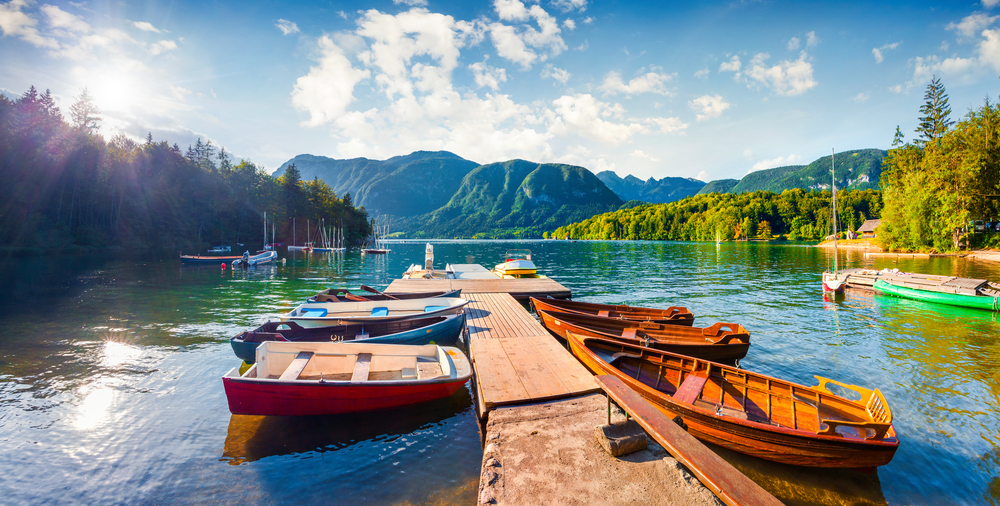
Bohinj Lake, Triglav National Park, Julian Alps, Slovenia
Many people aren’t even aware that Slovenia exists, often confusing it with Slovakia. Nonetheless, it remains a beautiful country and an exciting place to visit. And Slovenia is taking proactive measures to protect its pristine natural resources. Slovenia actively promotes eco-friendly travel, encouraging visitors to explore its diverse landscapes using public transportation, bicycles, or their own feet, minimizing the environmental footprint associated with conventional tourism.
To control overtourism in sensitive areas, Slovenia has introduced visitor quotas in popular destinations like Lake Bled and Triglav National Park. Furthermore, the country has invested in eco-certified accommodations and green infrastructure, promoting responsible tourism choices.
Croatia
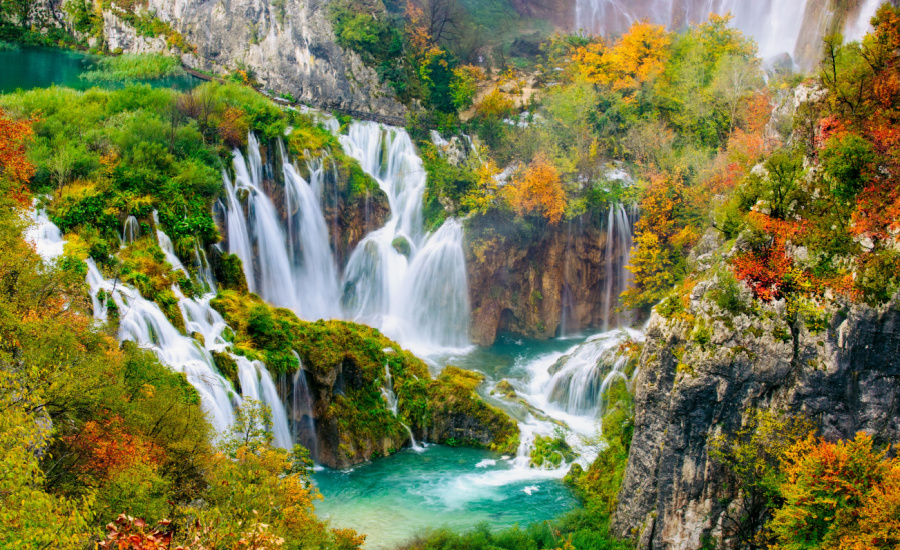
Plitvice National Park, Croatia
Croatia is renowned for its stunning coastline and historic cities, which the country is keen to protect. One significant step is the introduction of visitor limits at popular destinations like Dubrovnik’s Old Town and Plitvice Lakes National Park. Croatia is also promoting eco-friendly transportation options, such as electric scooters and bicycles, to reduce the environmental impact of travel.
Additionally, Croatia places a strong emphasis on environmental education for tourists, encouraging responsible behavior and fostering an appreciation for the country’s natural and cultural heritage. This educational approach helps tourists understand the importance of preserving the Adriatic coastline and the country’s rich history.
Greece
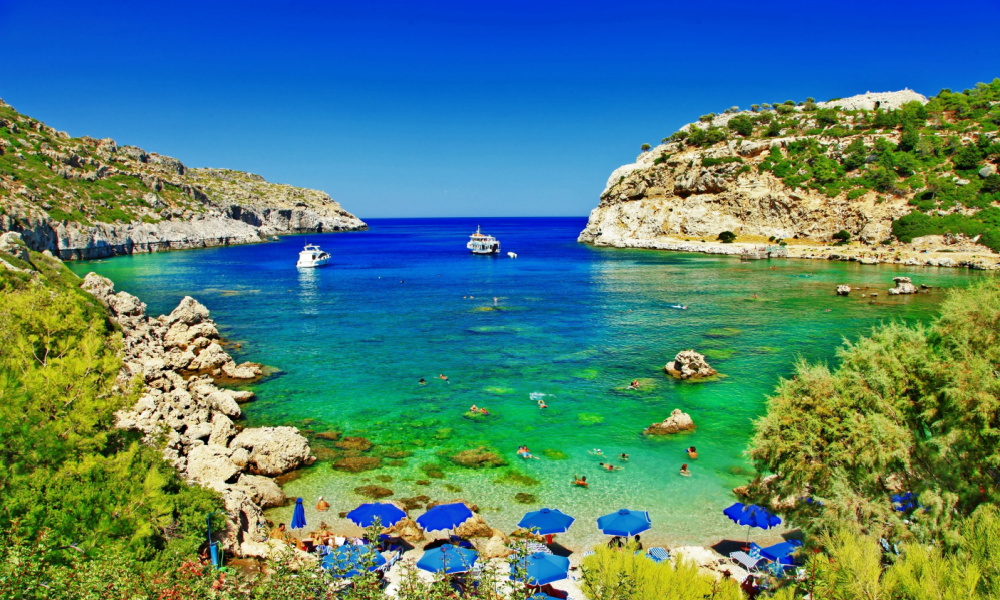
Rhodes, Greece
Ah, Greece. In many ways, it’s the birthplace of our modern civilization. With its historic sites and picturesque landscapes, Greece is taking proactive measures to mitigate the negative impacts of tourism on its resources. The country’s efforts are focused on preserving both its cultural heritage and natural beauty. One significant initiative has been the implementation of visitor quotas at popular destinations like Santorini, where the number of cruise ships docking daily is limited to prevent overcrowding. Additionally, some historical sites, such as the Acropolis in Athens, have introduced timed entry tickets to manage visitor numbers and protect these ancient treasures.
Many Greek islands have adopted eco-friendly transportation options, including electric buses and bicycles, to reduce pollution and congestion. Furthermore, there is a growing emphasis on educating tourists about responsible behavior, encouraging them to respect local customs, reduce plastic waste, and support local businesses. These measures collectively aim to strike a balance between preserving the invaluable cultural and natural assets that Greece provides.
Italy
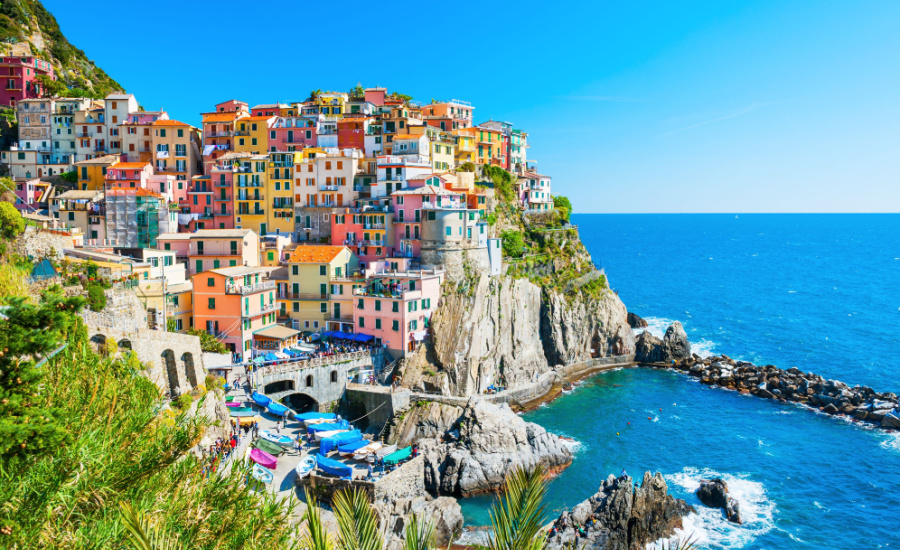
Manarola, Cinque Terre, Liguria, Italy
Italy has so much to offer from the cultural riches of Florence to the stunning landscapes of the Amalfi Coast. So, Italy is actively working to protect its resources from the adverse impacts of tourism. One significant effort has been the introduction of visitor restrictions at iconic sites such as Venice and Florence. These cities have implemented measures like entrance fees, time-slot reservations, and crowd control to ensure a more sustainable flow of visitors. Similarly, in destinations like Cinque Terre and the Amalfi Coast, Italy has enforced limitations on cruise ship arrivals to reduce environmental strain.
Italy is also promoting sustainable practices by encouraging eco-friendly transportation options, including electric buses and bicycles, in major cities and tourist areas. Moreover, there’s an increasing focus on educating tourists about responsible behavior, including respecting historical sites, reducing plastic waste, and supporting local artisans and businesses, thus fostering a more harmonious relationship between tourists and the destinations they visit.
You Might Also Enjoy: 6 Ways to Be a Socially Conscious & Sustainable Traveler on Your Next Trip
Portugal
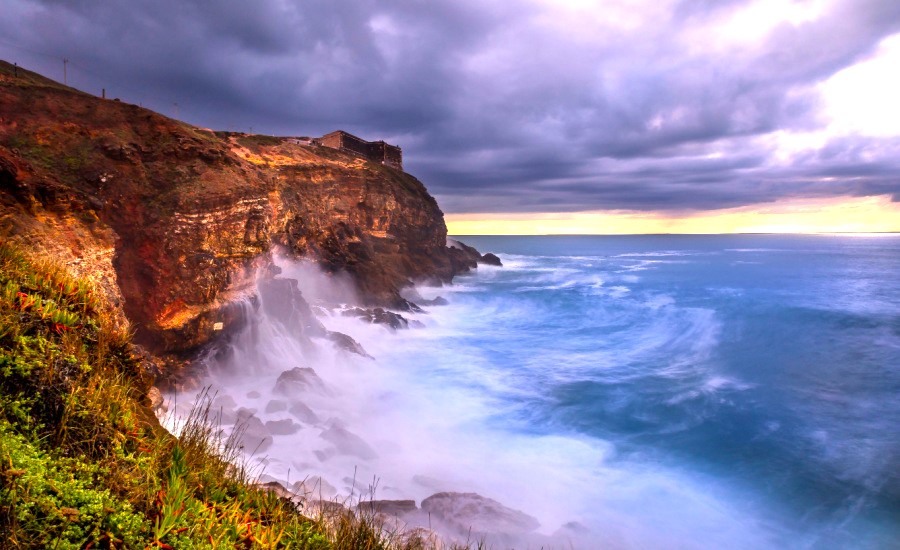
Praia do Norte, Nazaré, Portugal
There’s not much on this earth that’s more breathtaking than the coast of Portugal, where 80-foot waves crash against the craggy, rugged shores of Nazaré. To preserve its riches for the future, Portugal is taking proactive steps to safeguard its resources from the potential adverse effects of tourism. One of the notable initiatives is the promotion of sustainable tourism practices. In cities like Lisbon and Porto, there is an emphasis on eco-friendly transportation options, including electric trams and bicycles, to reduce congestion and minimize the environmental impact of tourism.
To address overtourism in specific destinations, Portugal has introduced measures such as visitor quotas and time-slot reservations. For example, at the iconic Belem Tower in Lisbon and the historic sites of Sintra, these measures help control crowd sizes and preserve the integrity of these heritage sites. Additionally, the country has invested in the restoration and preservation of historic buildings and cultural landmarks, ensuring they remain intact for future generations to enjoy.
Have you been to any of these eco-friendly countries? Tell us about it in the comments below!


Leave a Reply